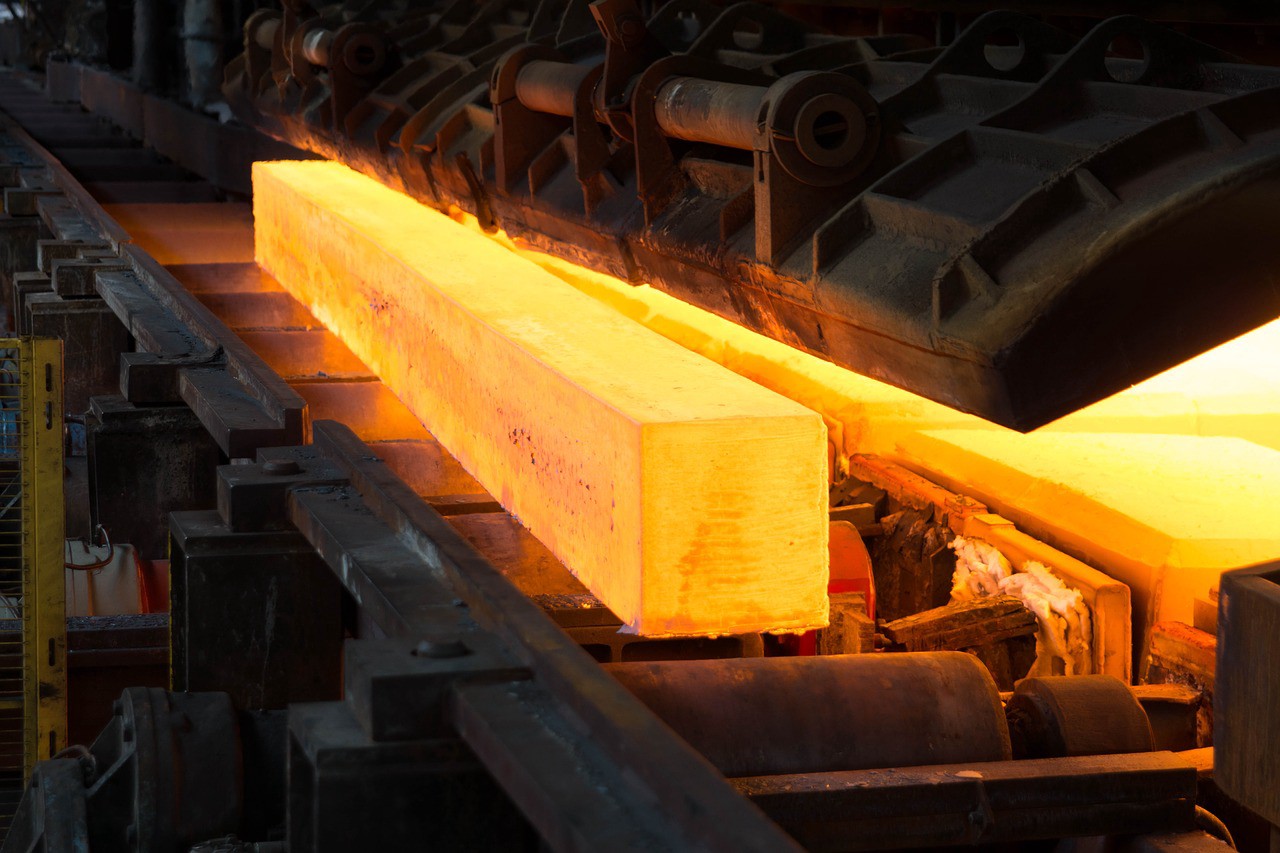
Annealing is a heat treatment process used to alter the physical and sometimes chemical properties of a material. But why is it so important? Annealing helps improve ductility, reduce hardness, and relieve internal stresses in metals, making them easier to work with. This process involves heating the material to a specific temperature, holding it there for a certain period, and then cooling it down slowly. Annealing is crucial in industries like manufacturing, metallurgy, and even jewelry making. Whether you're a student, a hobbyist, or a professional, understanding annealing can give you a deeper appreciation for the materials you work with every day. Ready to learn some fascinating facts about this essential process? Let's dive in!
What is Annealing?
Annealing is a heat treatment process used to alter the physical and sometimes chemical properties of a material. This process involves heating the material to a specific temperature, maintaining that temperature, and then cooling it down slowly. The goal is to reduce hardness, increase ductility, and relieve internal stresses. Let's dive into some fascinating facts about annealing.
The Basics of Annealing
Understanding the fundamental aspects of annealing can help grasp its importance in various industries.
-
Annealing is primarily used for metals. It can also be applied to glass and other materials to improve their workability.
-
The process involves three main stages: heating, soaking, and cooling. Each stage is crucial for achieving the desired material properties.
-
Annealing can make metals more ductile. This means they can be stretched or shaped without breaking.
-
It helps in relieving internal stresses. These stresses can develop during processes like welding, casting, or machining.
-
Annealing can improve electrical conductivity. This is particularly important for materials used in electrical applications.
Types of Annealing
Different types of annealing processes are used depending on the material and desired outcome.
-
Full annealing involves heating the material above its recrystallization temperature and then cooling it slowly. This process is often used for steel.
-
Process annealing is done at lower temperatures and is used to soften metals that have been work-hardened.
-
Spheroidizing annealing aims to produce a spheroidal or globular form of carbide in steel, making it easier to machine.
-
Stress relief annealing is used to reduce residual stresses in materials without significantly altering their structure.
-
Bright annealing is performed in a controlled atmosphere to prevent oxidation, resulting in a bright, shiny surface.
Applications of Annealing
Annealing has a wide range of applications across different industries.
-
In the automotive industry, annealing is used to improve the ductility and toughness of car parts.
-
The aerospace industry relies on annealing to enhance the performance and durability of aircraft components.
-
In the electronics industry, annealing is crucial for producing high-quality semiconductor devices.
-
Jewelry makers use annealing to soften metals like gold and silver, making them easier to shape and mold.
-
Annealing is also used in the glass industry to remove internal stresses and improve the durability of glass products.
Benefits of Annealing
The advantages of annealing make it a vital process in material science and engineering.
-
Improved machinability: Annealed metals are easier to cut, shape, and machine.
-
Enhanced mechanical properties: Annealing can increase the toughness and reduce the brittleness of materials.
-
Better dimensional stability: Annealed materials are less likely to warp or distort during subsequent processing.
-
Increased corrosion resistance: Annealing can improve the resistance of metals to corrosion and oxidation.
-
Uniform grain structure: The process helps in achieving a more uniform and refined grain structure in metals.
Factors Affecting Annealing
Several factors can influence the outcome of the annealing process.
-
Temperature: The annealing temperature must be carefully controlled to achieve the desired material properties.
-
Time: The duration of heating and cooling can significantly impact the effectiveness of annealing.
-
Cooling rate: Slow cooling is generally preferred to avoid introducing new stresses into the material.
-
Atmosphere: The environment in which annealing takes place can affect the surface quality and properties of the material.
-
Material composition: Different materials require different annealing conditions to achieve optimal results.
Historical Context of Annealing
Annealing has a rich history that dates back centuries.
-
Ancient blacksmiths used annealing to improve the workability of metals for tools and weapons.
-
The industrial revolution saw significant advancements in annealing techniques, making it a standard practice in manufacturing.
-
Modern technology has further refined annealing processes, allowing for precise control over material properties.
-
Research continues to explore new annealing methods and applications, pushing the boundaries of material science.
The Final Word on Annealing
Annealing is a fascinating process that plays a crucial role in various industries. It involves heating materials like metals and glass to specific temperatures and then cooling them slowly. This process improves their ductility, reduces hardness, and relieves internal stresses. By understanding annealing, you can appreciate how everyday items, from kitchen utensils to electronic components, are made more durable and reliable.
Whether you're a student, a hobbyist, or just curious, knowing these facts about annealing can give you a deeper appreciation for the science behind the materials we use daily. It's amazing how something as simple as controlled heating and cooling can make such a big difference in the quality and performance of products. So next time you hold a metal tool or a glass object, remember the annealing process that helped shape it.
Was this page helpful?
Our commitment to delivering trustworthy and engaging content is at the heart of what we do. Each fact on our site is contributed by real users like you, bringing a wealth of diverse insights and information. To ensure the highest standards of accuracy and reliability, our dedicated editors meticulously review each submission. This process guarantees that the facts we share are not only fascinating but also credible. Trust in our commitment to quality and authenticity as you explore and learn with us.
